In February 2020, women made up the majority of the workforce in the United States. Then the pandemic hit, devastating the job sectors where women are more likely to work, exposing deeply inadequate child-care systems, and erasing decades of gains by women in the labor market. In December 2021, 56.5% of women were in the workforce in the U.S.—about the same as in July 1988.
“This pandemic has had a disproportionate impact on women in terms of job losses and economic inequality, and women of color and single mothers in particular have been the most affected,” says Olga Shurchkov ’01, associate professor of economics and director of the Knapp Social Science Center at Wellesley. “I find this in my research, but this has been found universally, as well. It’s clear that the economy essentially just does not fit the needs of these groups.”
On April 1 and 2, Wellesley will host a virtual summit on women’s economic equality—funded by a grant from the Carnegie Corporation and in partnership with Spelman College and the Global Institute for Women’s Leadership at King’s College London—with the goal of developing an agenda for systemic change. (Register here to attend the summit, “The Economy She Deserves: Building an Agenda for a Women-Centered Recovery.”) Shurchkov and Layli Maparyan, the Katherine Stone Kaufmann ’67 Executive Director of the Wellesley Centers for Women and professor of Africana studies, are leading the effort. “We also view this as an ongoing project. … We hope that Wellesley will become the leader and the authority on economic issues for young women,” says Shurchkov.
Additionally, Wellesley will be conducting public-opinion research with a diverse group of women, aged 18–30, hoping to better understand their current economic realities and hopes for the future. “We saw a gap in the literature. There are fewer studies looking at young women, and also fewer forward-looking studies,” Shurchkov says. “We would like to understand not only their current situation, but their aspirations and expectations of what they would like to see in the future.”
Ahead of the summit, Wellesley spoke with Shurchkov about some of her research on the effects of the pandemic on women and families, as well as with four other alumnae who have been closely following the subject at this critical moment. Betsey Stevenson ’93, professor of economics and public policy at the Gerald R. Ford School of Public Policy at the University of Michigan, asks: “Do we end up with more support for child care or not? Do we end up with more support for home health-care aides or not? And do we end up with more support for paid time off or not? You know, those are questions about shaping the very society we live in. … In some ways, it’s more important now than at almost any other time, because we are at this pivot point.”
Women Academics and the Pandemic
Olga Shurchkov ’01
Olga Shurchkov ’01 vividly recalls spending the early months of the pandemic at home with her kindergartner. “I’m supposedly on my research sabbatical, but here I am trying to force [my son] to do Zoom school and do homework. This kid is just screaming at me, and I’m trying to work. And I thought, ‘I’ve got to document this.’”
Shurchkov is a behavioral economist at Wellesley who uses insights from psychology and economics to understand how people make decisions. Her research typically uses experimental methods to explore the reasons behind economic inequities for women and underrepresented minorities.
But Shurchkov’s pandemic research is unusual for her in that she didn’t design the experiment—the pandemic did. She and her co-authors decided to focus on academics because it’s possible to quantify their productivity by at least one measure: submissions to journals. During the summer of 2020, they sent a survey to almost a million scholars worldwide, asking questions about how they used their time before and after the start of COVID-19, demographics, their professional and family circumstances, and more, hoping to tease out the ways that the pandemic had affected inequities in academia that already existed.
As a baseline, Shurchkov and her colleagues knew that women represent 50% of faculty overall. However, women represent only about a third of all full professors, and “the numbers of people of color in academia are appallingly small. White women represent 27% of full professors, for example, but just 2% [each] are Black and Latina women,” she says.
Shurchkov and her coauthors found that even before the pandemic, women spent less time than men on research and more time on other duties, such as service and teaching. They also saw that women were spending more time on child care and housework pre-COVID. Women were more likely than men to be younger, not on tenure-track positions, and to have children.
During the pandemic, Shurchkov found that on average, daily research time decreased by 50 minutes. Mothers lost twice as much research time as fathers on average (60 versus 30 minutes). Latina academics with at least one child lost 108 minutes of research time daily, the most of all groups.
What factors might help parents? Shurchkov and her coauthors found that in countries where schools were open, mothers could recover the entire drop in research time, but it didn’t help men nearly as much. Having a stay-at-home partner, on the other hand, did not fully offset lost research time for women. (The researchers didn’t ask the gender of the stay-at-home partners, which in hindsight, Shurchkov says, they wish they had.) Shurchkov also notes that their findings probably underestimate lost research time, in part because the more burdened academics are, the less likely they are to respond to a survey.
Now, Shurchkov and her coauthors are linking the survey responses to publication records to study the long-term effects of the pandemic. “We are basically obtaining the entire pre-COVID-19 publication record of these people and comparing it to the post-COVID-19 record. It’s a very onerous process,” says Shurchkov, and they’ve found about 4,000 matches. So far, women are still publishing as much as men. But she suspects that this might come at the cost of mental health, and that’s something she and her coauthors plan to study in the future.
Shurchkov notes that sometimes having a job that’s perceived as “flexible,” such as in academia, can work against women. “Excuse me, while my head explodes for the hundredth time, as I am asked by [a] family member about how much I’m enjoying my summer ‘off,’” Shurchkov wrote on her blog, Olga’s Odds and Ends, in July 2021. How much will more flexible work arrangements in a post-COVID world benefit women? Shurchkov will be watching.
—LSM
Watch Shurchkov’s lecture “The Impact of COVID-19 on the Gender Gap in the Workplace and in Academia,” part of the WCAA’s Faculty Speaker Series
The Stories of Those Hit Hardest
Heather Long ’04
Even in the weeks before the World Health Organization declared a pandemic, Heather Long ’04 had been telling stories about how the virus was affecting working Americans. A columnist and editorial board member at the Washington Post, and previously an economics correspondent there, Long has covered everything from the wait for stimulus checks to the uneven recovery to fears of inflation, poring over jobs reports and interviewing the hardest-hit Americans. In September 2020, she and three colleagues co-wrote a story about how the COVID-19 recession was the most unequal in modern history, digging into historical data sets to compare it to the recessions in 1990, 2001, and 2008.
“People didn’t fully grasp just how different and how horrible this recession was for the bottom 50% of America compared to anything that we had seen at least since World War II,” says Long. They also highlighted key demographics taking the longest to recover—mothers with kids younger than 12, Black men and women, Hispanic men, Asian Americans, younger Americans, and people without college degrees. She and her coauthors were gratified that the article garnered a lot of attention; it was even cited in Congressional hearings. “It became pretty clear pretty fast that you had to really find a way to hit [the story] home, other than writing the word ‘unprecedented,’” she says.
Long has also focused on the effect of the pandemic on women. At the worst point in the recession, 4.2 million women had left the workforce. As of November 2021, 1.5 million women still had not returned to work. It’s good news that women have been returning to work, particularly as schools open, Long says. “The bad news is, we still have a long, long way to go. There are still more women who are out of the labor force than men, which is very unusual after a recession … and Black women are basically twice as likely as white women to say that they can’t look for work right now because of ongoing child-care and elder-care issues,” she says.
Right now, Long is concerned about the long-term effects on women of leaving the workforce. “It has an impact for life on their earnings, on their ability to get back in at the same level that they were before,” she says.
She also says that the “decimation of preschool and day care” isn’t getting nearly enough attention. “We talk about labor shortages. Well, the industry that is the least rebounded right now is child care and day care. They’re still down 10% on staffing. That’s even worse than restaurants right now, which we all hear so much about,” she says.
One silver lining, she says, is the “huge reawakening in America about how poor our child-care system is, and how critical those roles are.” She’s encouraged by large companies starting day-care facilities or providing backup care options. “We certainly need it to go further and further and more and more, and there are obviously a lot of government efforts underway to expand affordable child care. But [it] was so long overdue in the United States to have this wake-up call,” Long says.
—LSM
The Economics Behind the Changing American Family
Betsey Stevenson ’93
Sometimes, dominant news stories oversimplify—or even completely misstate—the changing realities of the American family and women’s experience in the labor market, says Betsey Stevenson ’93, a professor at the University of Michigan who was previously chief economist of the U.S. Department of Labor and a member of the Council of Economic Advisers in the Obama administration.
Stevenson points to an infamous 1986 Newsweek cover story that stated that 40-year-old women have a better chance of being killed by terrorists than getting married. The data cited in the article was from earlier decades, when few women married after age 40. But the article failed to take into account the seismic changes in the 1970s and 1980s, with droves of women entering the labor market and many couples who had married young divorcing. (The article was thoroughly debunked, but it was immortalized in a joke in the movie Sleepless in Seattle by Nora Ephron ’62.)
Again, after the 2001 recession, there was a lot of buzz about the “opt-out revolution.” But in fact, there wasn’t a surge in women becoming stay-at-home moms, Stevenson says. Over this period, while women’s labor force participation declined somewhat, men’s declined more. Moreover, women’s household earnings grew, they stayed with their employers longer, and they earned an increasing share of household income. “In other words, women start acting less like secondary earners … and start acting more like people who are attached to the labor force and going to regularly work,” she says. More recently, Stevenson says that rising labor-force participation by college-educated women drove overall labor-force participation gains in the recovery from the 2008 recession. The result was that by December 2019, mothers were more likely to be in the labor force than ever before, and women held the majority of non-farm jobs in the U.S.
What makes the COVID-19 recession so unusual, says Stevenson, is that the vast majority of job loss was in the service sector, which is dominated by women. “We didn’t lose many goods-producing jobs or manufacturing jobs,” she says, which are mostly held by men. In a normal recession, people keep going for medical care and haircuts, but they cut back on purchasing durable goods like deep freezers. This recession was just the opposite. What about women returning to employment? “I recently looked at this, and … women are coming back at roughly the same rates as men. The reason we don’t have as many women back as men is because they lost more jobs and therefore have further to go,” Stevenson says.
Many missing jobs are in child care and nursing/residential care facilities, Stevenson says. “So you have low-wage women who are not going back to those jobs because they pay too little. And you have women across the income spectrum who have children or adults who need care. Families are trying to figure out how to pay for care or balance their job with the caregiving that’s needed. That is a new challenge that may really impact certain groups of women’s ability to go back to work,” she says.
Stevenson doesn’t want to discount men’s role in caregiving, either. “If you look at the data, the demands of our jobs combined with inadequate support for caregiving is falling on men, too. I think it’s important for us to talk about that, so that we validate men’s role as caregivers,” she says. In a survey, she found that fathers had made as many career sacrifices as mothers, although they were different sacrifices. “Mothers were slightly more likely to have left their job. Fathers were more likely to have turned down a promotion. … But they were both making changes,” she says.
Stevenson is frustrated by the United States’ inability to prioritize children. “One in five children is in poverty, deep poverty. And that’s a crazy fact for the United States. That’s not true in countries that have much lower GDPs. … Our politicians should not be focused just on the here and now, but they should be focused on thinking about, you know, where will America be in 2050 and in 2070?”
One thing that gives Stevenson hope is the recognition that more flexible work arrangements are beneficial for both employers and employees. “What we saw was people became more productive during the pandemic. I think that was the proof of concept that a lot of employers needed when it came to flexibility,” she says. “We’ve also brought our family lives out from behind the shadows in a way that is going to [make it] hard to push them back.”
—LSM
Centering People in Policy
Rakeen Mabud ’09
Rakeen Mabud ’09 summarizes her economic philosophy in four words: “We are the economy.” She explains, “When you center people—particularly people who have historically been excluded from the benefits of policy, or resources, or labor protections, who are often low-income women of color—that’s when we start to break down barriers for everyone. And that’s what gets us to an economy that’s truly healthy.”
After graduating from Wellesley with a degree in economics and political science, Mabud worked at the U.S. Department of the Treasury, which was focused on leading the country out of the Great Recession.
“To be in the mix in 2010, as we were trying to get the economy back up and running, instilled a desire to take economic policy and make it work for real people, and make sure that the work that I’m doing has tangible applications,” she says. Mabud went on to get her doctorate in government at Harvard, and is now chief economist at the Groundwork Collaborative, a policy think-tank that works on developing and advancing a progressive economic worldview.
Right now, Mabud is focused on the economics of care work: labor like child care, home health care, and eldercare, which relies on “women’s labor, either unpaid or deeply underpaid, and in the latter category, it’s predominantly women of color,” she says. Mabud and her team ask: How might an economic recovery be structured to lift up those doing that vital work to keep society running?
“It’s not that COVID caused our caregiving crisis,” Mabud says. “COVID just exposed how deep that crisis already was for so many decades. By choosing not to address the care crisis, we’re functionally choosing to bench half of our labor force. And how can you have a healthy economy if that’s the case?”
Mabud says she is passionate about the subject of care because it sits at the intersection of gender, race, and labor. For example, most care workers don’t have labor rights or protections such as unionization, Mabud says. This goes back to New Deal policies that did not apply to agricultural and domestic jobs—which then, and now, are disproportionately held by people of color.
“The exclusions in the New Deal are a really good example of how racism and sexism are baked into our policy choices, and then they’re copy-and-pasted over and over again so that we forget that these policy choices have racist and sexist origins,” Mabud says.
At the Groundwork Collaborative, Mabud is trying to work toward undoing some of that baked-in racism and sexism through policy work and advocacy. Recently, she’s been advocating that more protections for care workers be included in President Biden’s social safety net.
“In this political moment, we need a whole ecosystem working to reorient who our economy works for, from folks inside the administration to advocates, pushing for better policies. We need translation from academic ideas to ones that can become applicable to real people,” she says.
—SH
A Focus on the Informal Economy
Aishwarya Lakshmi Ratan ’03
As a Wellesley student, Aishwarya Lakshmi Ratan ’03 studied economics and women’s studies and always considered them to be very separate fields. In her work after graduation, though, Ratan watched her two areas of study intertwine.
Today, Ratan is a consultant who studies the ways women navigate labor markets in countries such as Ethiopia and her home country, India. But her path has been winding: After Wellesley, she earned a master’s at Harvard Kennedy School and spent five years on a Microsoft research team in India working on products to help make financial services more accessible to low-income women. From there, she helmed the Microsavings and Payments Innovation Initiative at Yale, then ran the research and evaluation department at the nonprofit Women for Women International, and eventually moved to the Gates Foundation, focusing on the research and evaluation of programs and policies related to women’s economic participation.
Increasing equity for women in the labor force in low- and lower-middle income countries isn’t as easy as mandating equal pay for work of equal value, in part because a huge portion of women’s work happens in the informal economy, which is not regulated or protected by the state and includes workers like street vendors and domestic workers.
“If you think about sub-Saharan Africa and India, two geographies that I’m familiar with, 90% of employed women are in the informal economy,” Ratan says. So, governmental mandates on wage compensation for any temporary furloughs or days lost due to the need to engage in additional care work don’t help those women. Ratan says many countries have used direct cash transfer programs to provide immediate relief to informal workers during the pandemic. “But even then, they were not at all as long or as deep as they needed to be to prevent fairly significant suffering on the part of low-income working women,” who have been hit harder by the pandemic and have taken longer to recover than men. Additionally, women who are informal workers need to be accurately counted and recognized as workers in the first place—which often doesn’t happen—so that they can access relief programs.
To help these women, who are both most affected by the pandemic and most difficult to reach with other forms of aid, Ratan says countries must build expanded social safety nets, including, critically, high-quality child care and schooling. She points to the Integrated Child Development Services—India’s social services program for children under 6—as an example. “But the budget for that program has reduced, it hasn’t grown,” Ratan says. “So those kinds of measures don’t make sense, when you need to be investing much more in those kinds of infrastructures to enable critical early investment in marginalized children and to support their working mothers.”
In India, Ratan says, women’s participation in the labor market has been falling in the past decade, and is now around just 20%. “This reflects structural and normative barriers that the government could tackle through smart and dedicated investments, but there is as yet limited focus on boosting women’s earnings, agency, and choices,” she says.
In the end, though, it’s not just about single programs: It’s about creating an economy that allows for women’s participation and women’s work as caregivers.
“I think that’s the driving force, at some level,” Ratan says. “To see how you can make sure that all people can have both really fulfilling family lives and really fulfilling professional lives—for which the way we’ve structured economic activity and distributed economic rewards needs to change.”
—SH
Sophie Hurwitz ’21 is a freelance reporter based in St. Louis.
Lisa Scanlon Mogolov ’99 is the editor of this magazine.




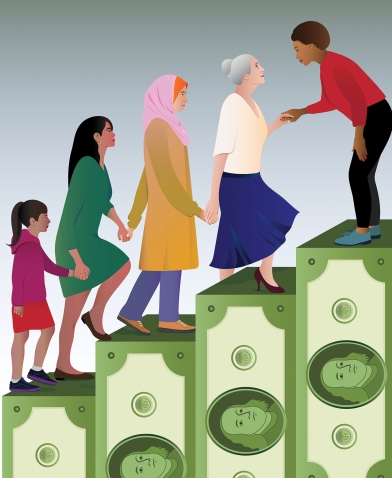

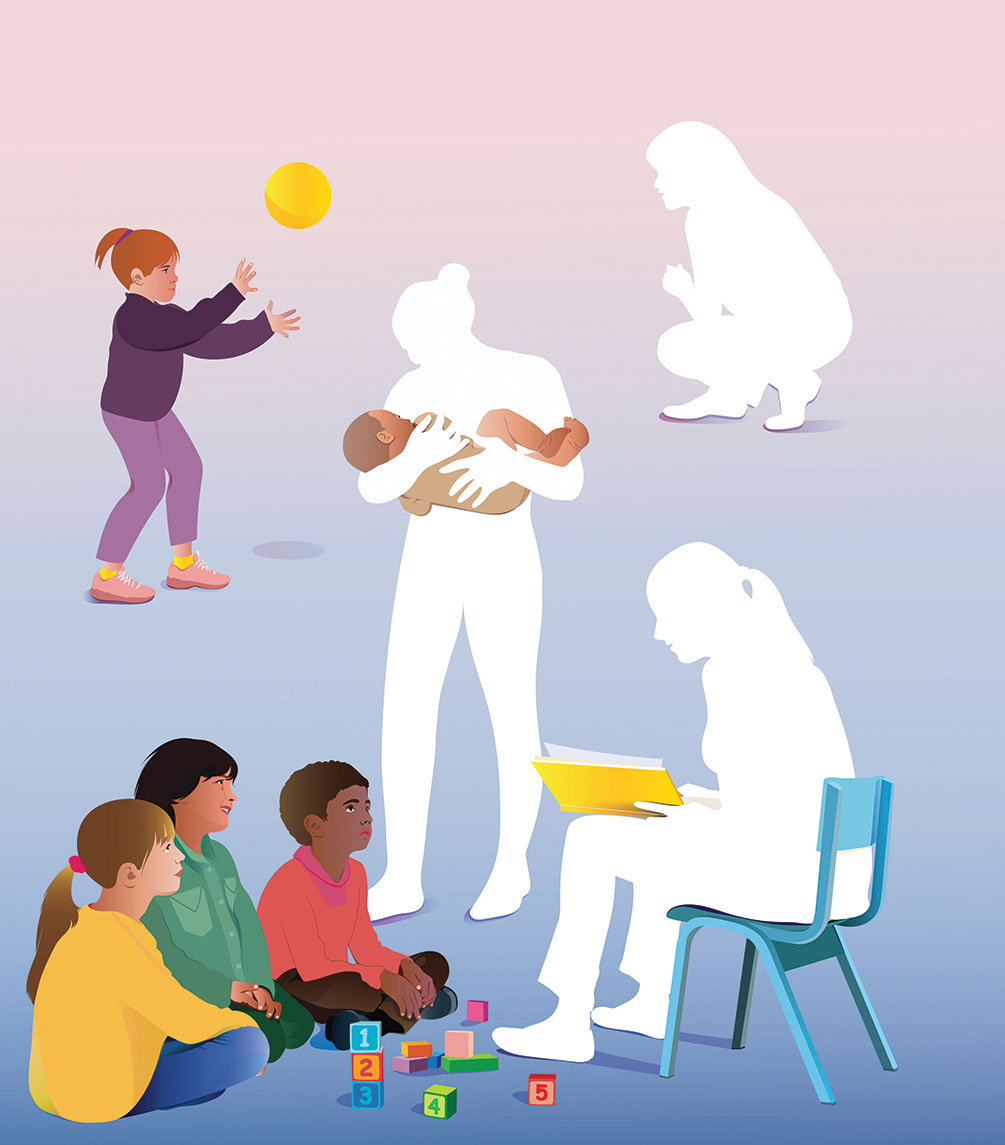
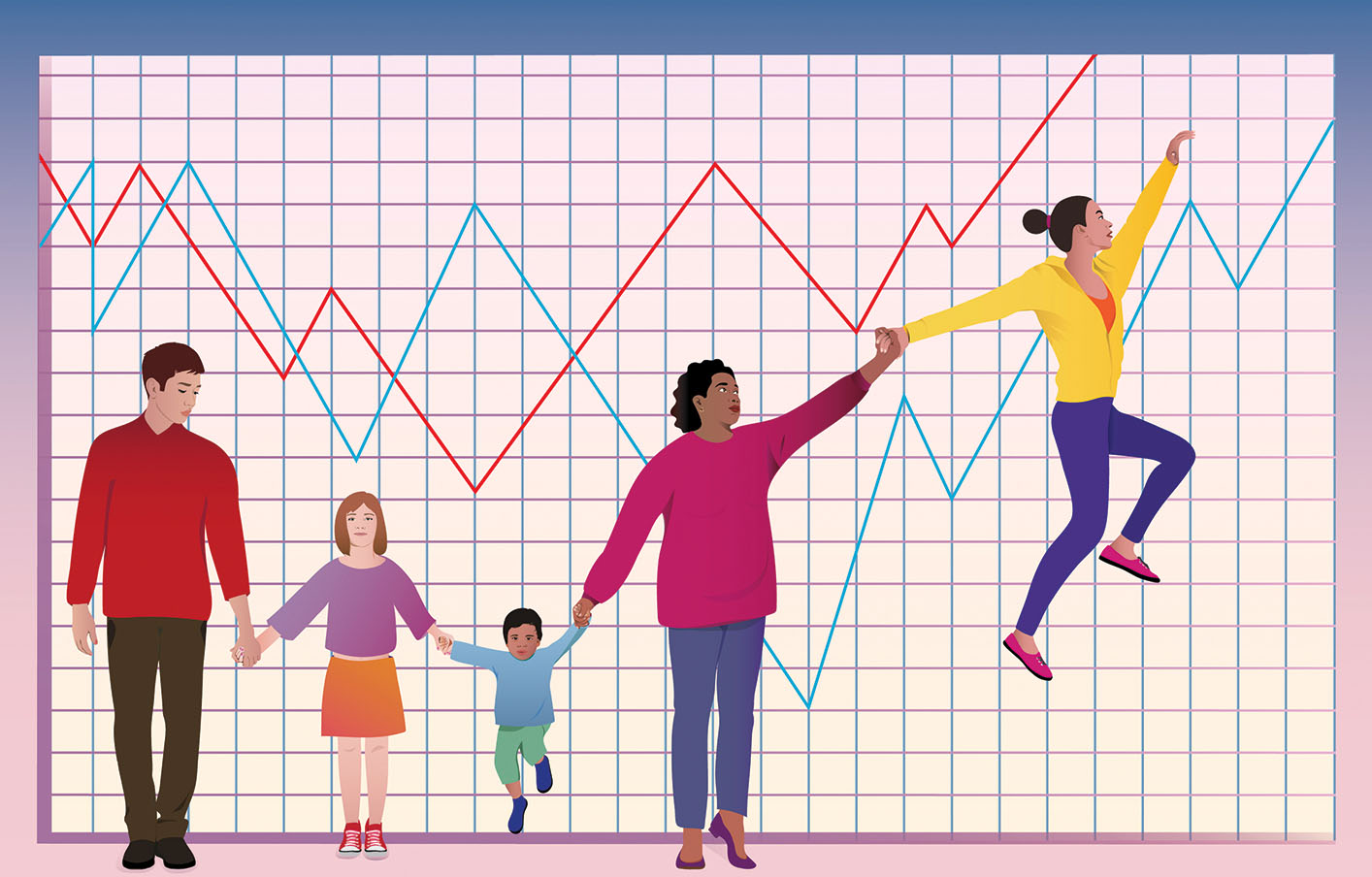
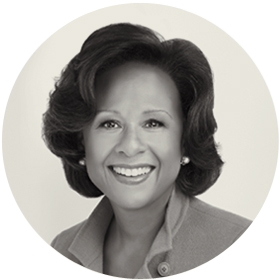
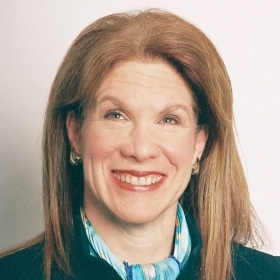
We ask that those who engage in Wellesley magazine's online community act with honesty, integrity, and respect. (Remember the honor code, alums?) We reserve the right to remove comments by impersonators or comments that are not civil and relevant to the subject at hand. By posting here, you are permitting Wellesley magazine to edit and republish your comment in all media. Please remember that all posts are public.